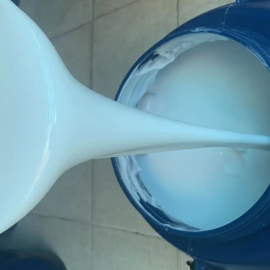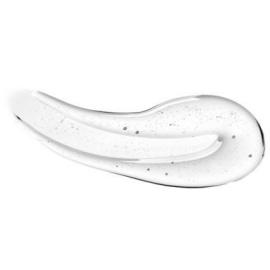As global manufacturing demands for high efficiency, precision, and environmental sustainability continue to rise, mold release agents—a critical auxiliary material in mold forming processes—are increasingly evolving toward high-end and functional applications. Why have silicone-based mold release agents become a key choice?
Among various mold release agent materials, silicone resin-based release agents, with their unique molecular structure and superior physical and chemical properties, have become indispensable, important additives in industries such as automotive, electronics, plastics, rubber, composite materials, and food packaging.
There are five aspects to introducing silicone mold release agents:
- What is the principle of silicone mold release agents?
- What are the main types of silicone mold release agents?
- What are the advantages of silicone mold release agents?
- What are the applications for silicone mold release agents?
- How to enhance the performance of silicone mold release agents?
1. What is the principle of silicone mold release agents?
Silicone mold release agents are primarily composed of polydimethylsiloxane (PDMS) and its modified derivatives, combined with emulsifiers, diluents, and other additives, and prepared through appropriate processes. Their molecular framework consists of Si-O-Si bonds, with substituents primarily being organic groups such as methyl and ethyl, conferring the material extremely low surface energy and strong chemical inertness that is recognized for providing excellent release properties in various mold forms.
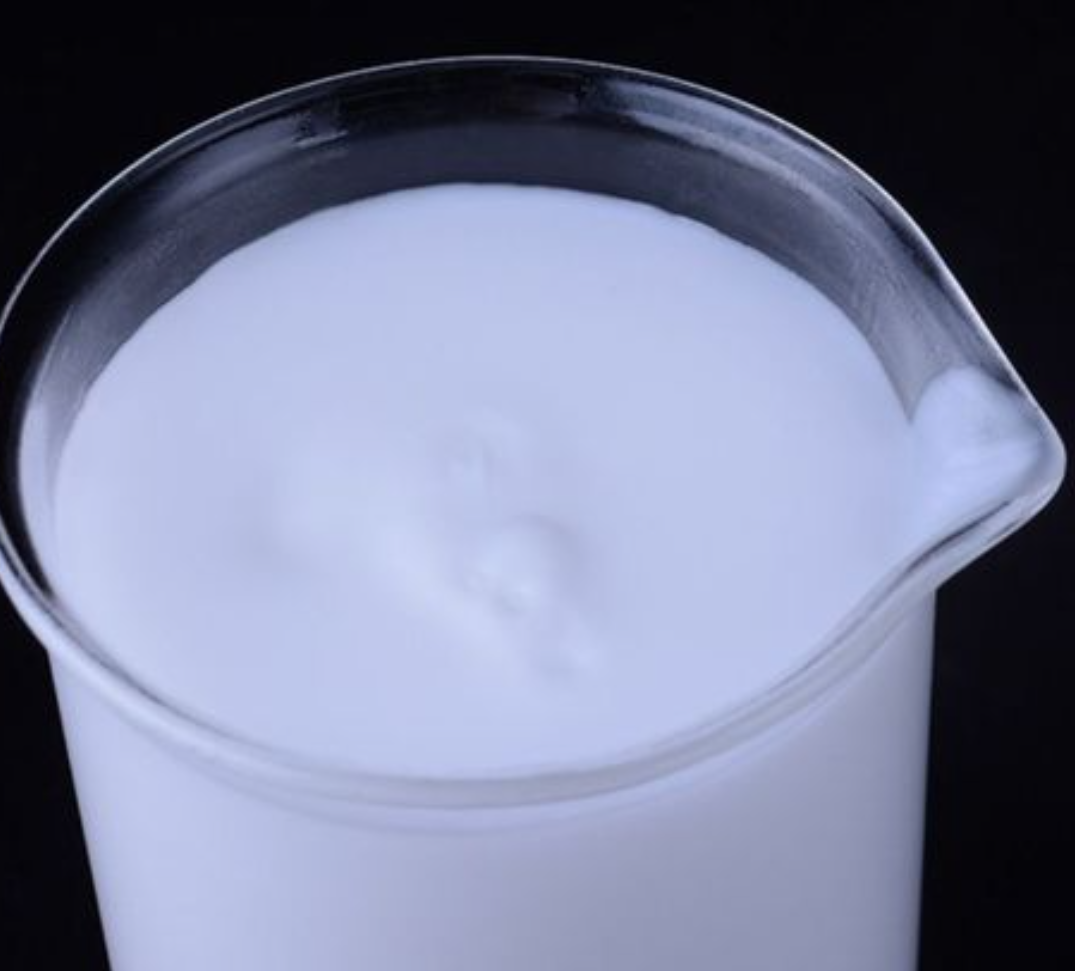
2. What are the main types of silicone mold release agents?
(1)Solvent-based silicone mold release agents
These utilize silicone resins dispersed in organic solvents, suitable for high-standard molds and complex structural components. They form a uniform thin layer or film with a smooth and delicate surface.
(2)Water-based silicone mold release agents
Produced using an emulsification process, these agents are environmentally friendly with low VOC emissions, making them suitable for industries with stringent environmental requirements, such as food, medical, and precision electronics. Their application often involves spray or aerosol methods, which help coat the mold surface effectively.
(3)Reaction-curing silicone mold release agents
These agents undergo addition or condensation reactions to form directed cross-links, enhancing release durability and high-temperature resistance. They are suitable for high-end engineering plastics, carbon fiber, aerospace composites, and other fields that require precise details and complex shape retention.
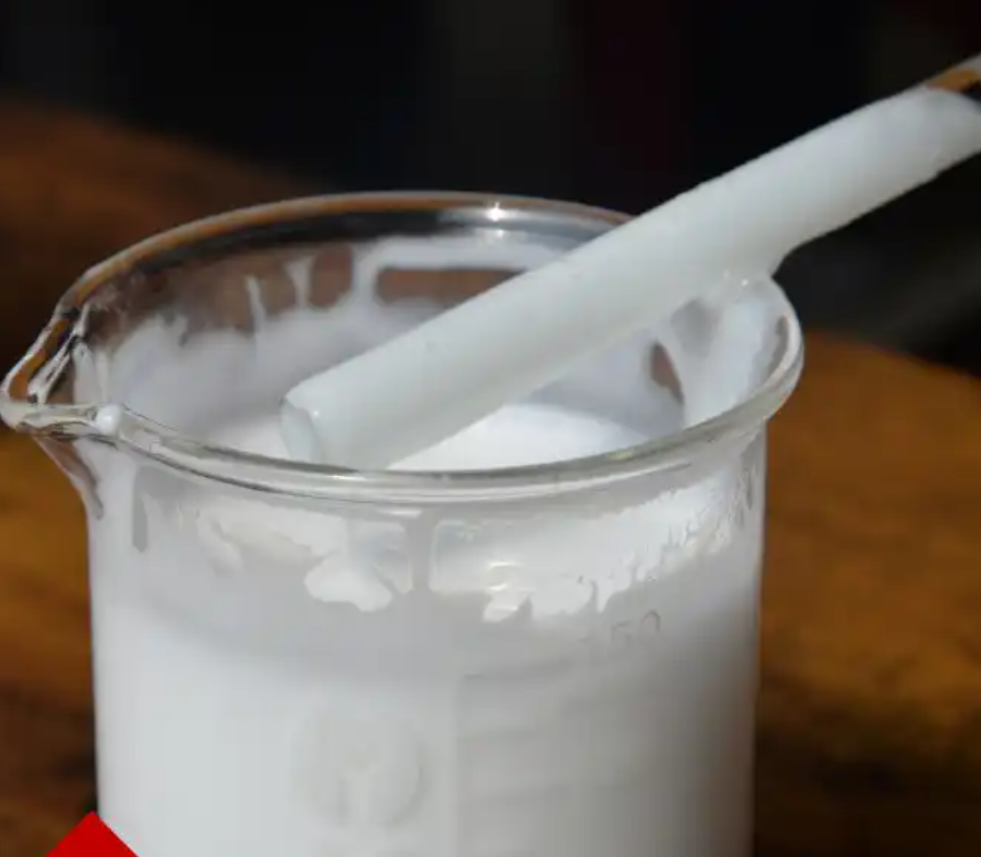
3. What are the advantages of silicone mold release agents?
(1) Exceptional release efficiency
Thanks to extremely low surface tension (approximately 20–21 mN/m) and stable hydrophobic and oleophobic effects, silicone mold release agents, formulated carefully, form an ultra-smooth molecular layer on the mold surface, reducing sticking and significantly lowering the friction coefficient between the product and the mold. This ensures smooth release of the casting in a single molding process, greatly reducing scrap rates and reprocessing costs caused by sticking or interface problems.
XJY-RA/XJY-RAN MQ Silicone Resin is a polymerization of tetrafunctional silicon (Q) and monofunctional methyl silicon (M) in the field of silicone high-temperature, semi-permanent, and permanent mold release agents. Silicone mold release agents are specially formulated to be resistant to high and low temperatures, have low surface tension, and are non-corrosive to metals. Adding silicone resin (5-15%) can significantly improve the strength of the silicone oil film in the field of high-temperature casting and other areas of good application.

(2) Excellent high-temperature and low-temperature resistance and aging resistance
The Si-O backbone of silicone molecules confers outstanding life-long benefits like heat resistance and cold resistance, maintaining the integrity of the release agent film layer across the temperature range of -50°C to +300°C. It does not degrade, carbonize, or volatilize, and can be dry after application or blow-dried with a hair dryer for some applications.
(3) Chemical inertness and non-toxic safety
Silicone mold release agents are odorless and non-toxic, resistant to most acids, alkalis, solvents, and oxidizers. They do not migrate into molded materials after use and do not contaminate mold surfaces. This means that their use does not interfere with product quality or subsequent coatings such as paint or aerosol finishes.
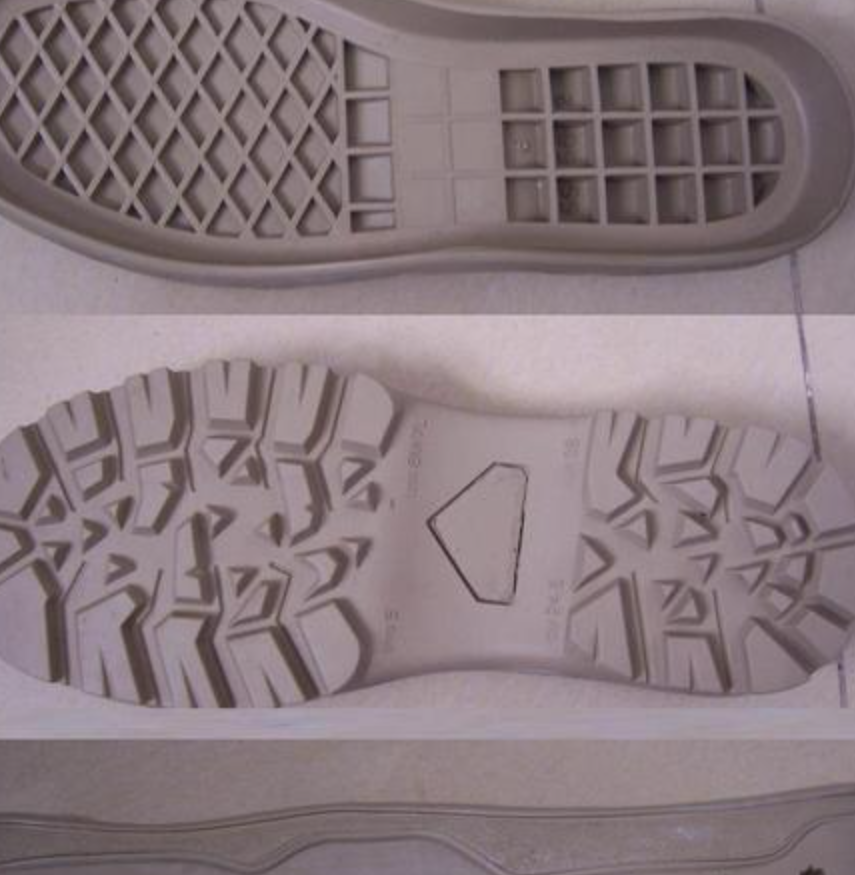
(4) Extremely Low Residue and Secondary Coating Compatibility
High-end silicone mold release agent formulations can achieve “zero residue,” leaving almost no silicone oil or release agent on the mold surface after demolding, and will not impact epoxies, adhesives, or polyurethanes used in secondary applications, ensuring high-quality finishes for subsequent film coating, bonding or printing.
(5) Compatibility with a Wide Range of Substrates and Molds
Whether it's traditional metal molds (steel, aluminum alloy), silicone rubber molds, or new ceramic, glass, and 3D-printed composite molds, silicone mold release agents provide excellent wetting, spreading, and isolation, making them suitable for multiple different substrates and expanding industry applications—from injection molding to complex architectural elements.
(6) Flexible processes and sustainable environmental protection
Water-based/solvent-free silicone mold release agents effectively reduce VOC emissions and are biodegradable—these features are increasingly recognized as key sustainability benefits and are noticed by global users.
4. What are the applications for silicone mold release agents?
(1) Plastic and Rubber Injection Molding
The plastic and rubber industry is one of the largest application markets for silicone mold release agents, including automotive components, appliance housings, engineering plastic gears, tires, O-rings, and rubber seals. They can be spray applied or used with a brush for effective release and film formation.

(2) Automotive Sealing Parts Injection Molding Line
A certain automotive interior parts company adopted silicone mold release agents, resulting in a 30% increase in part extrusion efficiency, a 20% extension of mold lifespan, residue-free smooth demolding, and a >10% improvement in coating/wrapping application processes.
(3) Polyurethane (PU), epoxies, phenolic resin, and other composite material molding
Composite materials (including polyurethane foam, epoxy resin, carbon/glass fiber reinforced materials, etc.) necessitate higher standards for mold release agents in compression or injection molding. Silicone release agents ensure benefits like corrosion resistance and suit advanced polyurethanes or epoxies.
(4) Molding and die-casting of metal products
Light metal alloys (aluminum, magnesium, zinc, etc.) die-casting and powder metallurgy require release agents that can maintain film integrity at high temperatures. Silicone mold release agents help form thin layers, minimize burr, and prolong mold life.
(5) Molding of Electronic Components, Seals, Keyboards, and Optical Components
Precision electronic parts, seals, and casting of transparent parts (such as camera lenses and protective glass) demand high purity and “zero migration” from mold release agents. The surface finish and details obtained are ideal for such high-spec products.
(6) Food packaging and medical products
Food-grade silicone mold release agents are safe, suited for chocolate, baking molds, disposable medical parts, or pharmaceutical mold products. They ensure that the surface is smooth and the mold shape is precise, and are suitable for multiple-use scenarios (repeated application) without sticking.
(7) Construction materials, ceramics, and other industries
Silicone mold release agents are often spray or brush-applied during casting, ensuring details and shape integrity for elements like concrete, thin-layer tile, or specialty building material.
(8) Market Trends for Silicone Mold Release Agents
Future mold release agents will become more eco-friendly (water-based, solvent-free), biodegradable, and smart-responsive. As a platform material, silicone mold release offers new technological opportunities for diverse applications and a prolonged life span for molds and finished parts.
5. How to enhance the performance of silicone mold release agents?
As a new-generation polymer additive, silicone mold release agents—with their efficiency, environmental stability, and substrate compatibility—are continually upgrading mold release quality, often being formulated for extended life and application flexibility.
XJY Silicone is one of China's leading manufacturers of silicone MQ resins and VMQ silicone, with over 30 years of R&D and experience. The company provides mold release agent raw materials suitable for various molding applications.
If you have any inquiries regarding silicone mold release products or require customized formulated agents for your next casting or injection application, feel free to contact us at any time. Let’s collaborate on future mold release innovation!

